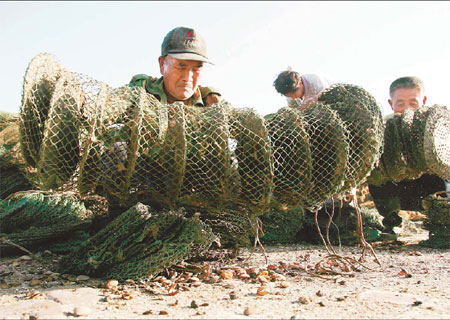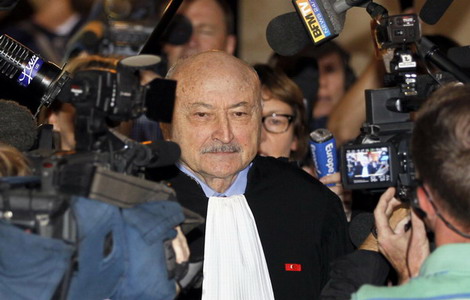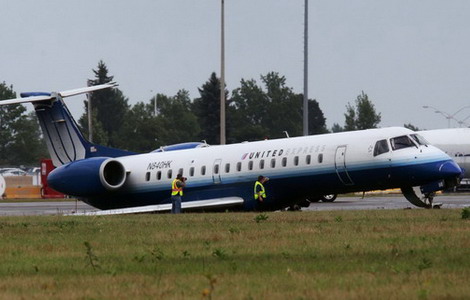CNOOC plans compensation fund after oil spill
Updated: 2011-09-05 07:19
By Wang Qian (China Daily)
|
|||||||||||
BEIJING - China National Offshore Oil Corp (CNOOC) is to establish a compensation fund to pay for the damage caused by the huge oil spill in China's northeast Bohai Bay.
 |
|
Fishermen in Laoting, Hebei province, hold nets of dead scallops they say were killed by the oil spill in Bohai Bay, on Sunday. [Photo/ China News Service] |
"We are discussing a compensation fund plan for the marine environment impact and will release details in a timely manner," Yang Hua, general manager of CNOOC said in a statement released on Saturday.
The statement also said the company will enhance supervision of ConocoPhillips China and provide greater assistance in handling the oil leaks to ensure the company fully meets the State Oceanic Administration (SOA) requirements.
The statement came after the SOA ordered ConocoPhillips to suspend production activities at the Penglai 19-3 oilfield in Bohai Bay until it carries out a series of steps to prevent further oil leaks and clean up any spills. A full environmental impact assessment is also required before production resumes.
The company had failed to meet the Aug 31 deadline to screen out all potential sources for oil spills and permanently seal any leaks, the SOA said on Friday.
Failing to meet the SOA deadline has put ConocoPhillips' response to the oil leaks in the spotlight and there has been strong criticism from the maritime authorities and the public over its handling of the environmental disaster.
A China Central Television report on Friday further fanned the flames of public anger when a ConocoPhillips' employee was heard to say: "We are just lying to you (the SOA) about meeting the cleanup deadline."
On Sunday, ConocoPhillips said in response to the report that "the CCTV audio recording demonstrates that a different voice made these comments, and they are not those of our employee".
However, whether the report is true or not, there is little doubt among the authorities and the public that ConocoPhillips gave misleading reports about the scale of the oil spill and what it was doing to remedy the situation.
Results of an SOA-led investigation showed the leaks were caused by an unbalanced production-injection ratio that ruined the stability of the geological strata.
"The incident is a case of human error," the SOA said.
Chen Jianmin, ocean engineering professor with the China University of Petroleum, told China Daily that if ConocoPhillips had done a thorough investigation of the geological structure of the field the oil spill could have been avoided.
"The incident warns offshore operators they need to be aware of the safe depth to drill and the safe injection volume," Chen said.
Wen Zhenhe, a researcher with the Qingdao Institute of Marine Geology and an expert on the investigation team, told People's Daily on Saturday Penglai 19-3 oilfield is just like a broken cup.
"The cup can still be used, but if the pressure increases, it will break," Wen explained.
The two leaking oil wells will be sealed and abandoned after the cleanup, but it will be a long-term operation, said Chen Xianda, head of the technology group of the investigation team.
More than 3,200 barrels of oil and oil-based mud - which is used as a lubricant in undersea drilling - have leaked from two platforms in Penglai 19-3 oilfield, jointly owned by ConocoPhillips and CNOOC, since June 4.
The leaks have polluted at least 5,500 square kilometers of seawater and reached the shores surrounding Bohai Bay, according to the statistics from the SOA on Aug 26.
Hot Topics
Libya conflict, Gaddafi, Oil spill, Palace Museum scandal, Inflation, Japan's new PM, Trapped miners, Mooncake tax, Weekly photos, Hurricane Irene
Editor's Picks

|

|

|

|

|

|







